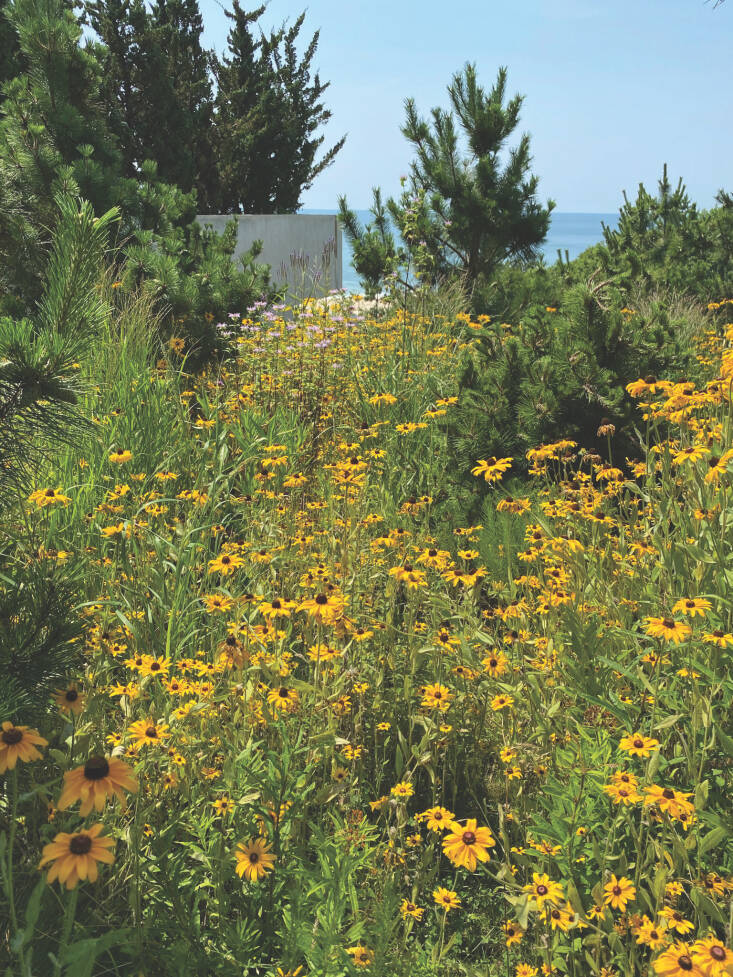This is the very first of a continuous series with Perfect Earth Task, a not-for-profit committed to toxic-free, nature-based gardening, on how you can be more sustainable in your landscapes in your home.
Today in my household’s garden, we discovered 2 king caterpillars sporting their jaunty yellow, black, and white stripes chomping on some milkweed. Overhead a tune sparrow trilled. It’s had to do with 5 years given that we began filling the little beds with native plants, and we have actually observed a huge modification. What was as soon as a generic garden loaded with sterilized cultivars is now a hive of activity. I could not be better, however, likewise, I understand there’s more to do for this environment, and more discoveries to reveal. Through my deal with Perfect Earth Task, I’m deepening my understanding of how to garden sustainably, particularly the concepts of nature-based gardening.
Put simply, nature-based gardening suggests working together with nature, not attempting to tame it into submission by clipping, cutting, and spraying it to fit an out-of-date concept of appeal. As Perfect Earth creator Edwina von Gal states, “Stop putting your garden into shapewear.” Rather, work with nature: Support your soil. Grow the plants belonging to your area and permit them to grow without chemicals. Supply environment for wildlife (people aren’t the only occupants here). Plant a keystone tree (or 10!). You’ll be surprised, I guarantee, at the lovely, busy, and intriguing environment that practically amazingly appears. As Happiness Harjo composes in the poem “For Keeps,” “Sun makes the day brand-new./ Tiny green plants emerge from earth./ Birds are singing the sky into location./ There is no place else I wish to be however here.”
Here are Perfect Earth’s concepts of nature-based gardening.

1. Grow native plants.
They require so bit, and they offer a lot. Go for a minimum of two-thirds in your backyard.
2. Eliminate invasives.
Eliminate the non-native plants that are taking control of our landscapes and outcompeting native plants.